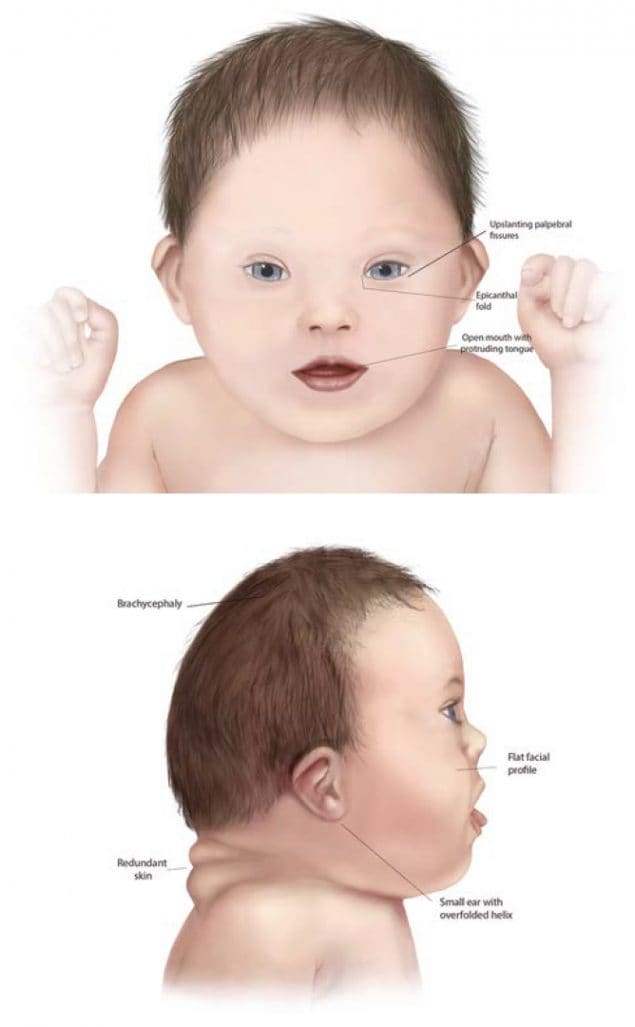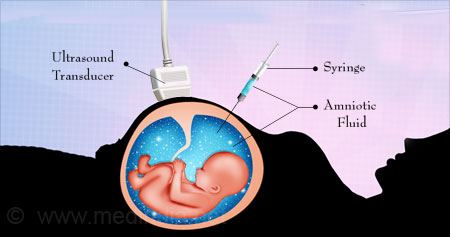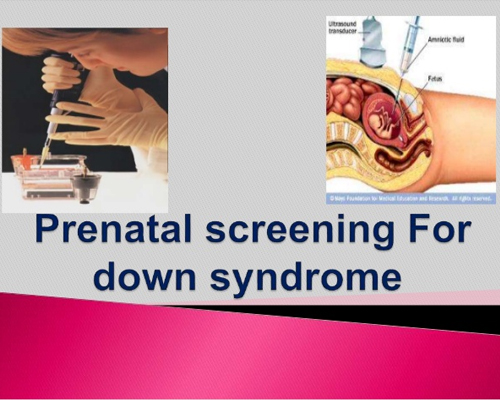Lessons I Learned From Tips About How To Detect Down Syndrome

First trimester screening (combined) blood test:
How to detect down syndrome. Amniocentesis, chorionic villus sampling (cvs) and cordocentesis. Prenatal screenings prenatal screenings estimate the. These can include levels of proteins, hormones, or other substances that can suggest an issue with the.
The two main tests that are used to diagnose down's syndrome before birth (prenatally) are amniocentesis and chorionic villus sampling (also called cvs). Diagnostic tests that can positively identify down syndrome in pregnant women include: Chorionic villus sampling (cvs) — like amniocentesis, chorionic villus sampling is used most commonly to identify chromosomal problems such as down syndrome.
This method will determine the number of chromosomes that will help detect the risk of down syndrome. Screening tests and diagnostic tests. Your provider will check for thickness at the back of your baby's neck, which is a sign of down syndrome.
The unexpected birth of a child with down syndrome is without a doubt a huge shock to both parents. These tests are usually requested by. There are two types of tests for down syndrome that can be performed before your baby is born:
Substances in your blood which are markers of down syndrome and a specific ultrasound marker will be measured. The diagnosis of down syndrome can be made during pregnancy through specific tests such as nuchal translucency, cordocentesis, and amniocentesis. An ultrasound can detect fluid at the back of a fetus's neck, which sometimes indicates down syndrome.
Ultrasound looks at the fluid in an area of. A blood test looks for what doctors call “markers,” meaning proteins, hormones, or other substances that could be a sign of down syndrome.
/down-syndrome-diagnosis-5b48ed9e46e0fb005b58a411.png)
:max_bytes(150000):strip_icc()/down-syndrome-symptoms-5b48ed4c46e0fb0054c53622.png)









:max_bytes(150000):strip_icc()/DoctorDiscussionGuideMomandBaby-5c3e5dd346e0fb00018814ad.png)

:max_bytes(150000):strip_icc()/down-syndrome-diagnosis-5b48ed9e46e0fb005b58a411.png)


